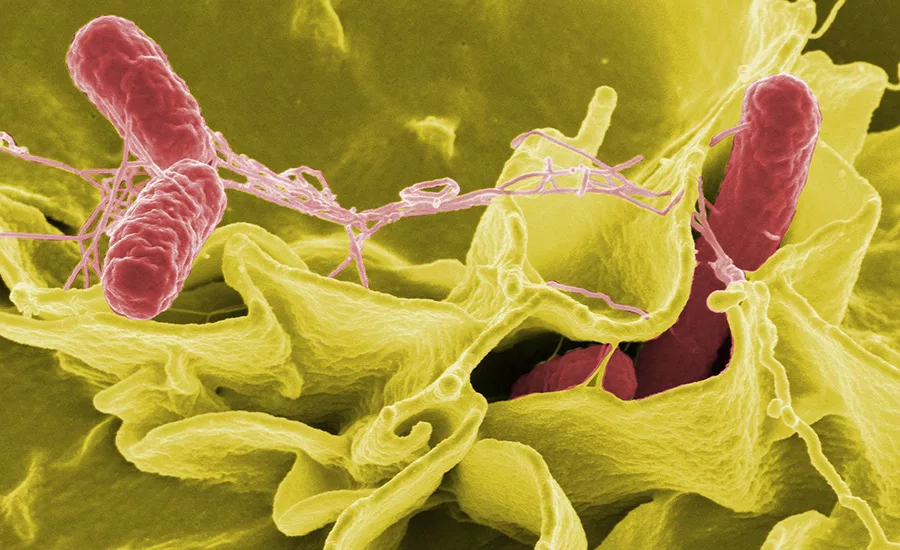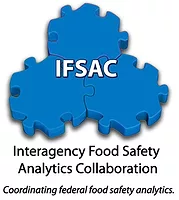IFSAC Releases 2019 Annual Report on Sources of Foodborne Illness

The Interagency Food Safety Analytics Collaboration (IFSAC) collects and analyzes foodborne illness outbreak data for four pathogens: Salmonella, Escherichia coli O157, Listeria monocytogenes, and Campylobacter, as well as specific foods and food categories that are responsible for foodborne illnesses in the U.S. The purpose of this is to understand sources of foodborne illness in the U.S.
The data are analyzed by calendar year and released in an annual report. U.S. Centers for Disease Control and Prevention (CDC) estimates that, when combined, these four pathogens cause nearly two million cases of foodborne illnesses in the U.S. each year.
IFSAC’s newest annual report, entitled “Foodborne illness source attribution estimates for 2019 for Salmonella, Escherichia coli O157, Listeria monocytogenes, and Campylobacter using multi-year outbreak surveillance data, United States,” is now available.
When combined with other data, the updated estimates can help shape agency priorities and inform the creation of targeted interventions, which might help reduce foodborne illnesses caused by these pathogens. Attribution estimates may improve as more data becomes available and methods evolve. The purpose of these estimates is to inform and engage stakeholders and to improve abilities to assess whether these prevention methods are working.
The methods used in this and prior annual reports are detailed in a peer reviewed article in the January 2021 issue of Emerging Infectious Diseases.
IFSAC is a collaboration between the CDC, the U.S. Food and Drug Administration, and the U.S. Department of Agriculture’s Food Safety and Inspection Service. The group was established in 2011 to improve coordination of federal food safety analytic efforts and address cross-cutting priorities for food safety data collection, analysis, and use. For more information, visit IFSAC projects or email IFSAC.
Looking for quick answers on food safety topics?
Try Ask FSM, our new smart AI search tool.
Ask FSM →







